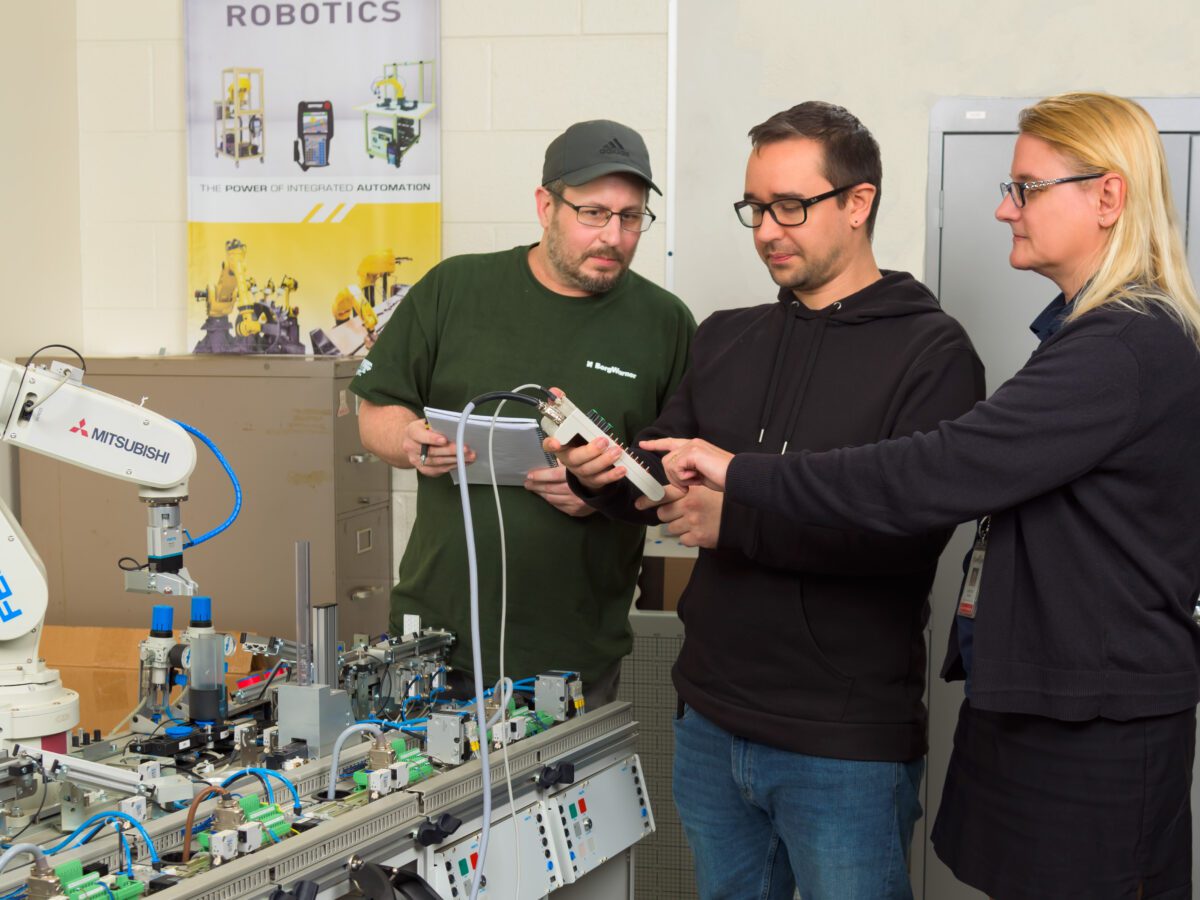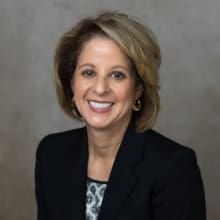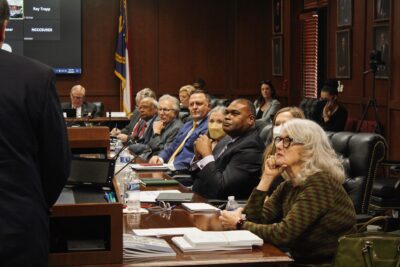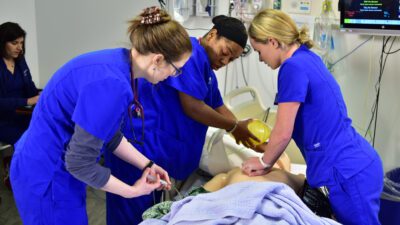

In the world of community colleges — whether you’re here in North Carolina or at a college in Virginia — workforce is the name of the game.
And for all of us in higher education, we are currently experiencing this phrase on a visceral level, even though we’ve been focused on workforce for a long time. Only now, the expectations for how we support workforce in our communities are increasing.
Given this new and more profound emphasis, it raises an important question. While we have been diligently developing our workforce, are we playing “the game” the right way?
Regional needs demand regional solutions
As a trusted partner to employers and a lifeline for students, community colleges must evolve to respond in a regional and collaborative manner. Our commitment to serving our counties in which we are located — staying within a specific service area — has been the foundation of our work. But as we’ve all come to recognize, employment and training opportunities no longer follow county boundary lines, particularly when you’re working and living in a rural area.
Our business and industry partners, students, adult learners, and dislocated employees often have to venture out to find solutions. Similarly, economic and workforce development needs a regional approach that extends beyond a particular county. Asheville-based Pratt & Whitney is a good example. They draw employees from multiple counties, and these employees have to be trained. A-B Tech, Haywood Community College, Mayland Community College, McDowell Tech, and Blue Ridge are all partners in this process. One entity can’t do it alone.
Intentional relationships fuel responsive programs
In my last column, I discussed community colleges that intentionally align with industry through collaborations and partnerships. I also reinforced the value of our advisory committees in the development of new programs. While it may have sounded formulaic, as if program development follows a linear, scripted process, sometimes the process changes. What happens when a real-world situation presents itself that isn’t part of our usual process? How do we respond?
Quickly.
For example, last fall, Blue Ridge Community College began receiving phone calls from engineering firms and businesses saying that they needed our help to train skilled workers in the fields of environmental and civil engineering. And they needed it now.
Within two weeks of that initial onslaught of calls, we hosted a meeting with representatives from municipalities, engineering firms, and environmental agencies within our region, all of whom stressed the importance of having these types of programs. Given the overwhelming amount of infrastructure and development projects underway in our region, it’s not a surprise that everyone in attendance that day said that if we were to start such programs, they would hire our graduates.
This experience is the direct result of what happens when we practice intentional alignment with key industries in our region, particularly through relationships like those built by our chair of engineering and advanced manufacturing, Sharon Suess.
Tapping into expertise to build the program
While we were encouraged at this meeting by the amazing support from our partners (as well as the creation of jobs for our graduates), there was plenty of heavy lifting to do. We had two programs to build, curricula to develop, accreditation to gain, and instructors to hire. Could we even find this type of instructor in such a short time — especially in a competitive job market?
The answer was yes. Several industry partners stepped forward, saying they could loan or contribute employees to teach classes. Others volunteered to assist with the sourcing of equipment. Meanwhile, our team quickly pulled together to write a successful prospectus for each program, and within a few months of those desperate calls for assistance, we assembled our data and rationale for SACSCOC accreditation. This was the fastest response and development of curriculum we had ever accomplished without an existing program from which to reference.
Listen well, react quickly
We are proud to announce that Blue Ridge will offer two new associate in applied science degree programs this fall in civil engineering and environmental engineering, each with stackable certificates within the degrees. We also plan to develop apprenticeship opportunities to attract even more people to fill this pipeline.
All of us in the community college system are here to meet the needs of our local — and regional — workforce. And although we prefer to develop programs to meet those needs in proactive ways, it doesn’t always work out like that. This situation was reactive, and it serves as a model to our team about how to respond in the moment with agility and intentionality while meeting the need at hand. The result is innovative programs that will impact our region for many years to come.
I’d say that’s a winning strategy in the game of workforce development.




